
Why Winter Weather May Influence Your Rosacea Treatment Choices
Key Takeaways:
- Winter Weather and Rosacea Flare-Ups: Cold air, dry indoor heating, and sudden temperature changes can trigger rosacea symptoms, making winter a challenging season for sensitive skin.
- Adapt Your Skincare and Lifestyle: Switch to gentle, hydrating skincare products, protect your face from the elements, and manage triggers like spicy foods, alcohol, and stress to keep flare-ups in check.
- Personalized Care is Essential: Work with your dermatologist to find the best treatment plan for your unique symptoms, and stay flexible as your skin’s needs change over time.
Winter can be a magical time, with cozy nights, hot cocoa, and snowflakes falling outside. But if you have rosacea, the colder months might feel less like a wonderland and more like a battleground for your skin. Between the biting wind, dry indoor air, and fluctuating temperatures, winter weather can stir up all kinds of trouble for those prone to rosacea flare-ups.
At Sacred Rituel, we believe in the power of organic and natural skincare. Our expertise comes from years of researching botanical ingredients and understanding how they interact with sensitive, reactive skin conditions like rosacea. With a focus on science-backed formulations and sustainable practices, we’re proud to be your trusted guide to skincare, especially when the seasons change.
In this article, we’ll explore how weather affects your skin, the adjustments you can make to your routine, and lifestyle habits that help keep flare-ups at bay. Let’s navigate winter together – one skincare tip at a time.
What Is Rosacea And How Is It Diagnosed?
Rosacea is more than just a bit of redness on your face—it’s a chronic skin condition that many people deal with. It often shows up as persistent redness, visible blood vessels, or even acne-like bumps on the cheeks, nose, chin, or forehead. For some, it can also cause a burning sensation, swollen skin, or eye irritation (a condition known as ocular rosacea).
The tricky part? Rosacea doesn’t have a one-size-fits-all appearance. Its symptoms can vary widely, making it challenging to self-diagnose. That’s why a visit to a dermatologist is key. A dermatologist will typically look at your symptoms and medical history to make the diagnosis. While there’s no specific test for rosacea, they may rule out other conditions like eczema or acne to confirm what’s going on.
Dealing with rosacea? Sacred Rituel's Sacred Glow Serum is crafted with soothing, natural ingredients to help calm irritation and restore balance to sensitive skin. Add it to your routine today and experience the difference!
Common Symptoms Of Rosacea You Should Know
If you’re living with rosacea, you’ve likely noticed some telltale signs—but they’re not always easy to identify at first. Here are the most common symptoms to watch for:
- Persistent Redness: This is the hallmark of rosacea. It might look like a constant blush or sunburn, usually centered on the face.
- Flushing: Many people with rosacea experience episodes of intense redness that come and go. These flushing episodes can be triggered by anything from spicy foods to cold weather.
- Visible Blood Vessels: Tiny, broken blood vessels may become noticeable on the surface of your skin, especially on the cheeks and nose.
- Bumps and Pimples: Rosacea can mimic acne with red or pus-filled bumps. Unlike regular acne, these bumps often don’t come with blackheads or whiteheads.
- Eye Irritation: If your eyes feel dry, itchy, or appear bloodshot, it could be a sign of ocular rosacea, which affects the eyes and eyelids.
- Thickened Skin: In more advanced cases, the skin can become thicker and have a bumpy texture, particularly around the nose (a condition called rhinophyma).
Not everyone will experience all these symptoms, and they can change over time. Learning to spot your unique triggers and signs early can help you better manage flare-ups.
How Winter Weather Can Impact Rosacea Flare-Ups
Winter can be especially challenging for those with rosacea. The combination of cold air outside and dry, heated air indoors creates a perfect storm for skin sensitivity. Here’s how the season might be stirring up your symptoms:
Cold Temperatures And Wind
When temperatures drop, the skin’s natural barrier can weaken, making it less able to retain moisture. Cold winds act like a sandblaster, stripping away the protective oils that keep your skin hydrated and healthy. This leaves your skin vulnerable to redness, irritation, and increased sensitivity, which are classic rosacea triggers.

Dry Indoor Heating
Indoor heating systems often create a low-humidity environment, which can draw moisture out of your skin. This dryness not only exacerbates flakiness and tightness but also makes your skin more reactive to other triggers. Without enough moisture, your skin may struggle to repair itself, leading to prolonged inflammation and redness.
Sudden Temperature Changes
Moving quickly from the frosty outdoors into a warm, heated building causes your blood vessels to expand rapidly. This dilation can result in visible redness or a flushed appearance, especially for those prone to rosacea. Over time, repeated exposure to this pattern can make flushing episodes more frequent and harder to control.
Holiday Indulgences
The holidays often bring an abundance of spicy foods, hot drinks, and alcohol—all of which are known to dilate blood vessels and trigger flare-ups. Emotional stress from holiday planning or gatherings can further contribute to the mix, as stress is another common rosacea trigger. Even your favorite winter treats, like chocolate or peppermint, might be sneaky culprits that set off symptoms.
Adapting Your Skincare Routine For Winter
When winter rolls around, it’s time to show your skin some extra love. Adjusting your skincare routine can help prevent flare-ups and keep your rosacea under control. Here are some tips to keep your skin calm and hydrated during the colder months:
Switch To A Gentle Cleanser
Harsh cleansers can strip your skin of its natural oils, leaving it even more vulnerable to dryness. Opt for a mild, fragrance-free cleanser that’s designed for sensitive skin. Avoid anything with alcohol or exfoliating beads, as these can irritate your skin.
Hydrate, Hydrate, Hydrate
Winter can leave your skin feeling parched, so boosting hydration is essential. Incorporate a lightweight but deeply hydrating serum into your routine, preferably one that contains skin-loving ingredients. Apply it generously after cleansing and throughout the day if your skin feels tight.
Don’t Skip The Sunscreen
Even when it’s cloudy or snowing, harmful UV rays can penetrate through, triggering rosacea flare-ups. Choose a broad-spectrum sunscreen with SPF 30 or higher, and make sure it’s labeled “non-comedogenic” and free of fragrance to avoid further irritation. Apply it as the last step in your morning routine, and don’t forget to reapply if you’re outdoors for an extended period—even in cold weather.
Avoid Hot Showers And Overwashing
While a steamy shower might feel relaxing on a cold day, the heat can strip your skin of essential moisture and trigger flushing. Stick to lukewarm water when washing your face and avoid scrubbing, as this can aggravate your skin. Limit your showers to 10–15 minutes and immediately apply a moisturizer to lock in hydration.
Use A Humidifier
Winter heating systems can create extremely dry air, which depletes your skin’s natural moisture barrier. A humidifier adds moisture back into the air, helping to keep your skin supple and reducing the risk of dryness-induced flare-ups. Aim to keep the humidity level in your home between 30–50% for optimal skin comfort.
Choose Products Wisely
Certain ingredients in skincare products, such as alcohol, menthol, or artificial fragrances, can be harsh on rosacea-prone skin. Instead, look for products that help reduce inflammation and soothe irritation. Patch-test any new product on a small area of your skin before applying it to your whole face to ensure it doesn’t cause a reaction.
Lifestyle Changes To Prevent Rosacea Flare-Ups
Managing rosacea isn’t just about skincare—your daily habits play a huge role in keeping flare-ups at bay. Here are some lifestyle tweaks to help you stay in control, especially during winter:
Watch Your Diet
Your diet can have a significant impact on your skin. Spicy foods, hot soups, and ingredients like chili peppers are common culprits that can dilate blood vessels and worsen redness. Start keeping a food journal to identify your unique triggers, and when in doubt, lean towards anti-inflammatory options like leafy greens, omega-3-rich fish, and soothing teas like chamomile.
Dress Smart For The Weather
Protect your face from the elements by bundling up with a scarf or a hat with a brim. Soft, breathable fabrics are best to avoid irritation. Just be careful not to overheat, as sweating can also trigger flushing.
Manage Stress Levels
Stress is a known trigger for many with rosacea. Practicing mindfulness, yoga, or other relaxation techniques can make a big difference. Even taking five minutes a day to breathe deeply can help reduce stress-related flare-ups.
Stay Hydrated
Drinking plenty of water helps your skin retain moisture and strengthens its barrier against environmental irritants. Aim for at least eight glasses a day, and consider incorporating foods with high water content like cucumbers, oranges, and watermelon. In winter, hydration becomes even more critical since the cold air and heating systems can sap your skin of natural oils.
Limit Alcohol And Hot Drinks
Alcohol, particularly red wine, is a well-known rosacea trigger because it dilates blood vessels and promotes flushing. Similarly, piping hot beverages can increase skin temperature and worsen redness. Opt for lukewarm drinks instead, or try soothing alternatives like herbal teas that are served warm but not steaming.
Exercise With Care
Physical activity is great, but intense workouts can trigger rosacea symptoms. Try low-impact exercises like walking or yoga, and avoid exercising in extreme temperatures. If you’re outdoors, shield your face from the cold wind.
Track Your Triggers
Everyone’s rosacea is different, and understanding your unique triggers is crucial for effective management. Keep a log of your daily habits, food, weather conditions, and skincare products to identify patterns that lead to flare-ups. Over time, this will help you make better choices and avoid preventable triggers.
Finding The Best Treatment For Rosacea This Winter
When it comes to rosacea, there’s no “one-size-fits-all” treatment. The best approach often combines medical treatments, skincare adjustments, and lifestyle changes tailored to your specific needs. Here’s how to fine-tune your rosacea care during the winter months:
Consult Your Dermatologist
Winter can bring new challenges for your skin, so it’s a good time to check in with your dermatologist. They can assess your symptoms and adjust your treatment plan if needed. Prescription options like topical creams (e.g., metronidazole or azelaic acid) or oral medications (e.g., low-dose antibiotics) can help manage inflammation and redness.
Consider Laser Or Light Therapy
Laser treatments, such as pulsed dye laser (PDL) or intense pulsed light (IPL), target blood vessels beneath the skin, reducing redness and visible capillaries. These therapies are typically done in-office and require little downtime, making them a convenient option for many. While they can be pricey, the results often last for months, making them a worthwhile investment for managing severe symptoms.
Choose The Right Over-The-Counter Products
Over-the-counter options designed for sensitive, rosacea-prone skin can help soothe and protect your skin daily. Products with calming ingredients like green tea extract work to reduce redness and irritation. Avoid anything with fragrances, alcohol, or exfoliating acids, as these can exacerbate your symptoms and lead to flare-ups.
Keep Your Routine Simple
Overloading your skin with too many products can do more harm than good. Stick to a minimalist routine: a gentle cleanser, a hydrating moisturizer, and sunscreen during the day. Add prescription treatments or soothing serums as directed.
Patch-Test New Products
When trying a new product, apply a small amount to an inconspicuous area like the side of your neck or behind your ear. Wait 24 to 48 hours to see if there’s any reaction, such as redness, itching, or swelling. This step can save you from the discomfort of a full-face reaction and help you confidently integrate new products into your routine.

Prepare For Emergencies
It’s always helpful to have a “rescue” product on hand for unexpected flare-ups. Look for creams or gels with ingredients that can calm inflammation and provide instant relief. Applying these products right after a trigger (e.g., exposure to cold wind or spicy food) can help minimize the severity of a reaction.
Adjust as Needed
Rosacea can change over time, so stay flexible with your treatment. What worked last winter might need tweaking this year. Listen to your skin and don’t hesitate to seek professional advice if your symptoms change.
Final Thoughts
Rosacea can be challenging to manage, especially during the winter months when cold air and dry environments work against your skin. But with proper care and attention, you can confidently make your way through this season.
The key is to stay proactive: adjust your skincare routine to include hydrating and calming products, protect your face from harsh weather, and make thoughtful lifestyle choices to minimize triggers. If you’re unsure about the best treatment plan or notice changes in your symptoms, don’t hesitate to reach out to a dermatologist—they’re your best resource for personalized care.
Remember, you’re not alone in this journey. With some trial and error, you’ll find a routine that works for you. And when you do, winter won’t feel like such a foe—it’ll just be another season your skin is ready to face.
Read also:
- Why Dry, Flaky Skin Around The Mouth Occurs And How To Treat It
- What To Do To Heal Raw Skin On Your Face Overnight
- How To Soothe Irritated Skin On Your Face Quickly
Frequently Asked Questions About Rosacea Treatment
How do you permanently treat rosacea?
There is no permanent cure for rosacea, but it can be managed effectively through a combination of treatments such as prescription medications, laser therapy, a gentle skincare routine, and lifestyle changes to avoid triggers.
What soap is best for rosacea?
Gentle, fragrance-free cleansers are ideal for rosacea. Look for products labeled “for sensitive skin” or “rosacea-friendly.”
What is the root cause of rosacea?
The exact cause of rosacea isn’t fully understood, but it’s believed to involve a combination of genetic factors, an overactive immune response, and environmental triggers. Factors like skin mites (Demodex), gut bacteria, and vascular issues may also contribute.
What is the best antibiotic for rosacea?
The most commonly prescribed antibiotic for rosacea is doxycycline, taken at a low dose to reduce inflammation without the antibacterial effects. Minocycline and tetracycline are also sometimes used.
Is vitamin C good for rosacea?
Vitamin C can be beneficial for rosacea because of its anti-inflammatory and antioxidant properties. However, use products with lower concentrations (below 10%) and in a gentle, buffered formula to avoid irritation.
Who is most prone to rosacea?
Rosacea is most common in people with fair skin, particularly those of Northern European descent. It tends to develop in adults between the ages of 30 and 50 and is more frequent in women, though men often experience more severe symptoms.
Is cold water good for rosacea?
Yes, cold or lukewarm water is better than hot water for those with rosacea. Cold water can help soothe redness and irritation, while hot water can exacerbate flushing and dryness.
Sources:
- Powell, F. C. (2005). Rosacea. New England Journal of Medicine, 352(8), 793-803.
- Alia, E., & Feng, H. (2022). Rosacea pathogenesis, common triggers, and dietary role: the cause, the trigger, and the positive effects of different foods. Clinics in Dermatology, 40(2), 122-127.
- Goh, C. L., Wu, Y., Welsh, B., Abad‐Casintahan, M. F., Tseng, C. J., Sharad, J., ... & Chan, H. N. K. (2023). Expert consensus on holistic skin care routine: Focus on acne, rosacea, atopic dermatitis, and sensitive skin syndrome. Journal of Cosmetic Dermatology, 22(1), 45-54.

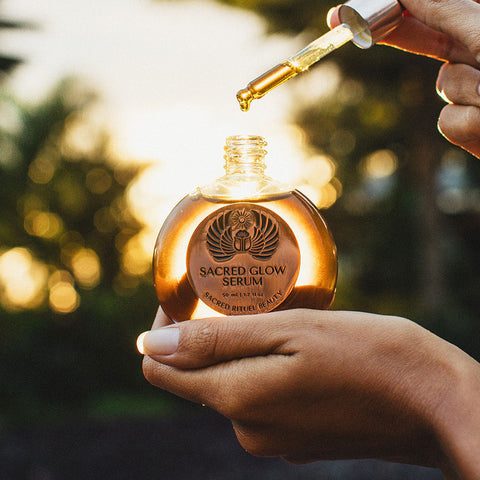

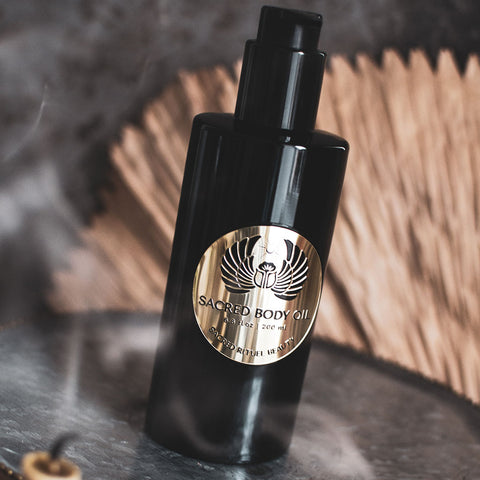
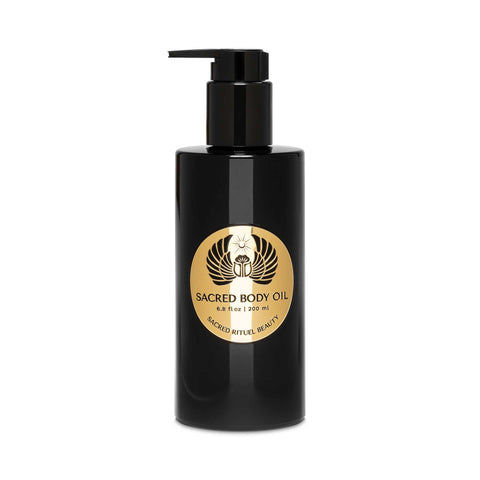
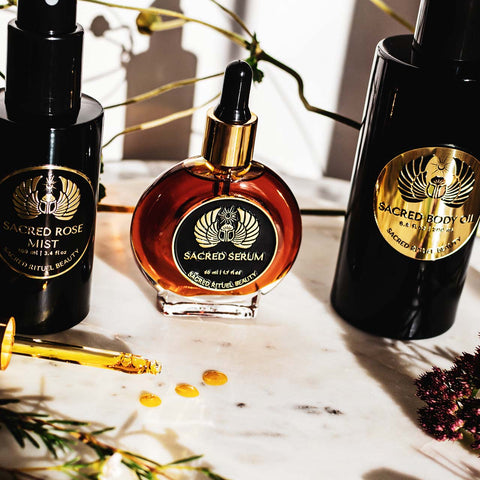
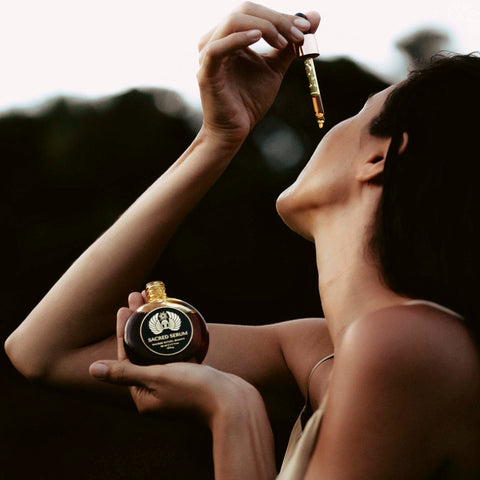
Comments (0)
There are no comments for this article. Be the first one to leave a message!